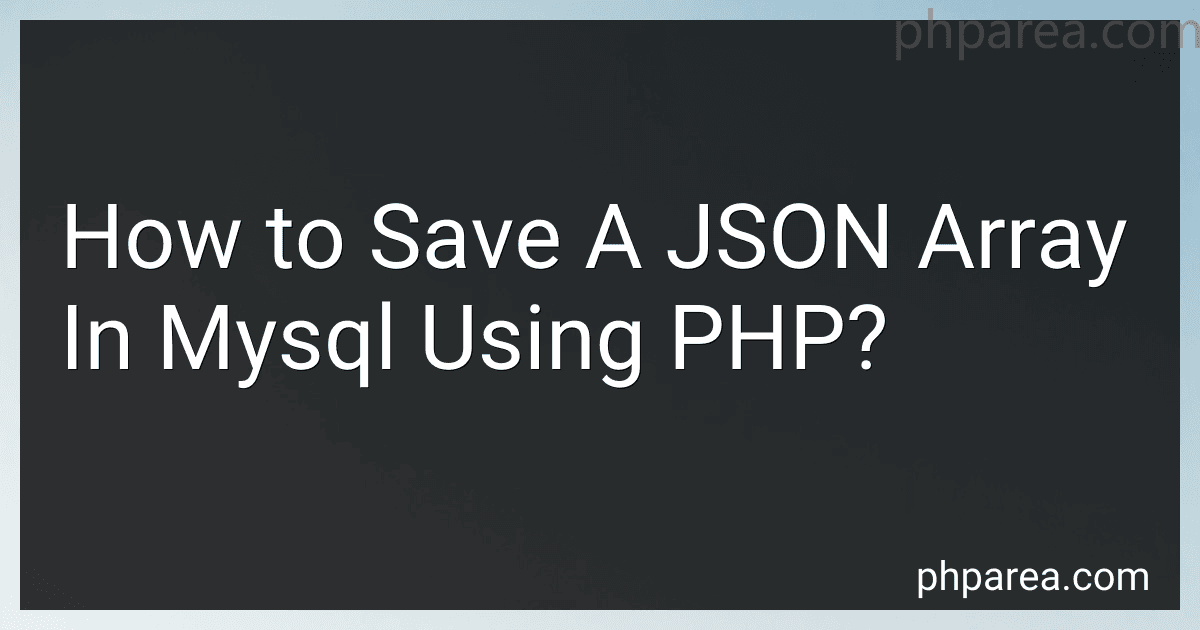Best JSON Management Solutions to Buy in December 2025

JSON at Work: Practical Data Integration for the Web


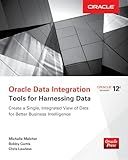
Oracle Data Integration: Tools for Harnessing Data


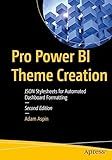
Pro Power BI Theme Creation: JSON Stylesheets for Automated Dashboard Formatting


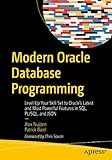
Modern Oracle Database Programming: Level Up Your Skill Set to Oracle's Latest and Most Powerful Features in SQL, PL/SQL, and JSON


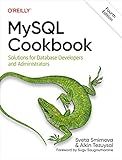
MySQL Cookbook: Solutions for Database Developers and Administrators


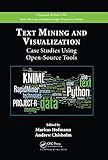
Text Mining and Visualization: Case Studies Using Open-Source Tools (Chapman & Hall/CRC Data Mining and Knowledge Discovery Series Book 40)


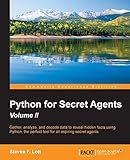
Python for Secret Agents - Volume II: Gather, analyze, and decode data to reveal hidden facts using Python, the perfect tool for all aspiring secret agents


To save a JSON array in MySQL using PHP, you can follow these steps:
- Establish a connection to the MySQL database using PHP's mysqli or PDO extension.
- Convert the JSON array into a PHP array using json_decode(). This will allow easy manipulation and database insertion.
- Prepare an SQL insert statement with placeholders for the JSON array data.
- Bind the JSON array data to the corresponding placeholders in the prepared statement.
- Execute the prepared statement to insert the JSON array into the MySQL database.
Here's an example code snippet to illustrate the process:
// Step 1: Establish a database connection $connection = new mysqli('hostname', 'username', 'password', 'database');
// Step 2: Convert JSON to PHP array $jsonData = '[{"name": "John", "age": 25}, {"name": "Jane", "age": 30}]'; $dataArray = json_decode($jsonData, true);
// Step 3: Prepare SQL insert statement $stmt = $connection->prepare("INSERT INTO tablename (json_data) VALUES (?)");
// Step 4: Bind JSON array data to placeholders $stmt->bind_param("s", $jsonData);
// Step 5: Execute the prepared statement $stmt->execute();
// Validate if the record was inserted successfully if ($stmt->affected_rows > 0) { echo "JSON array saved in MySQL successfully."; } else { echo "Error saving JSON array in MySQL."; }
// Close the prepared statement and database connection $stmt->close(); $connection->close();
In this example, a JSON array is converted to a PHP array using json_decode(). Then, an SQL insert statement is prepared with a placeholder for the JSON data. The JSON array is bound to the placeholder using bind_param(), and the prepared statement is executed. Finally, the code checks if the record was inserted successfully by checking the affected rows, and the database connection and statement are closed.
Make sure to replace 'hostname', 'username', 'password', 'database', and 'tablename' with the appropriate values for your MySQL setup.
Can you provide an example of extracting values from a JSON column in MySQL?
Sure! Here's an example of extracting values from a JSON column in MySQL:
Let's say you have a table called users with a JSON column called info that stores user information. The info column contains the following JSON data for a user:
{ "name": "John Doe", "age": 30, "email": "johndoe@example.com", "address": { "street": "123 Main St", "city": "New York", "state": "NY", "zipcode": "10001" } }
To extract specific values from the info column, you can use the JSON_EXTRACT function in MySQL.
For example, to extract the user's name from the info column, you can use the following query:
SELECT JSON_EXTRACT(info, '$.name') AS name FROM users;
This will return the following result:
+-----------+ | name | +-----------+ | John Doe | +-----------+
Similarly, you can extract other values like age, email, address, etc., by specifying the respective JSON paths in the JSON_EXTRACT function.
For example, to extract the user's city from the address object in the info column, you can use the following query:
SELECT JSON_EXTRACT(info, '$.address.city') AS city FROM users;
This will return the following result:
+-----------+ | city | +-----------+ | New York | +-----------+
Hope this helps!
How can you create a table in MySQL to store a JSON array data?
To create a table in MySQL to store a JSON array data, you can use the JSON data type introduced in MySQL version 5.7.8 or higher. Here's an example of how to create a table with a JSON array column:
CREATE TABLE my_table ( id INT AUTO_INCREMENT PRIMARY KEY, data JSON );
In this example, the table "my_table" is created with two columns: "id" and "data". The "id" column is a primary key with auto-increment, while the "data" column has a JSON data type.
Now, you can insert JSON array data into the table as follows:
INSERT INTO my_table (data) VALUES ('["value1", "value2", "value3"]');
This inserts a JSON array with three values into the "data" column of the "my_table" table.
You can also query the JSON array data using various JSON functions provided by MySQL. For example, to retrieve all rows where a specific value exists in the JSON array, you can use the JSON_CONTAINS function:
SELECT * FROM my_table WHERE JSON_CONTAINS(data, '"value2"');
This query will return all rows where the JSON array in the "data" column contains the value "value2".
How do you sort a JSON array stored in a MySQL table using PHP?
To sort a JSON array stored in a MySQL table using PHP, you can follow these steps:
- Connect to the MySQL database using the mysqli extension.
$servername = "localhost"; $username = "root"; $password = "password"; $dbname = "database";
$conn = mysqli_connect($servername, $username, $password, $dbname); if (!$conn) { die("Connection failed: " . mysqli_connect_error()); }
- Fetch the JSON array from the MySQL table.
$sql = "SELECT json_column FROM table_name"; $result = mysqli_query($conn, $sql); $row = mysqli_fetch_assoc($result); $jsonArray = json_decode($row['json_column'], true);
- Sort the JSON array based on your sorting criteria using PHP's usort function.
usort($jsonArray, function($a, $b) { return $a['sortKey'] - $b['sortKey']; // Replace 'sortKey' with your desired sorting field });
- Update the sorted JSON array back to the MySQL table.
$sortedJson = json_encode($jsonArray); $sql = "UPDATE table_name SET json_column = '$sortedJson'"; mysqli_query($conn, $sql);
- Close the database connection.
mysqli_close($conn);
This code assumes you have a MySQL table with a column (e.g., json_column) storing the JSON array you want to sort. Adjust the table name, column name, and sorting criteria as per your specific requirements.
